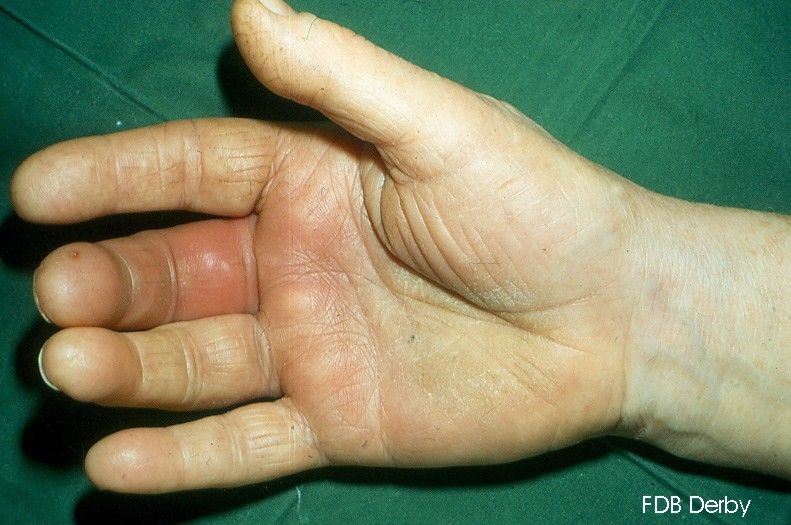Veterinary Products Committee
An independent scientific advisory committee
Needlestick accidents are preventable
The agenda of the VPC has several regular items, one of which is the review of pharmacovigilance reports submitted to the VMD. In May 2023, the reports indicated 17 references to needlestick incidents between December 2022 and March 2023.
We are concerned that needlestick accidents continue to be a frequent occurrence for veterinary practitioners. Overall, occurrences are rare compared to the many millions of injectable doses administered every year, but the critical point is that damage caused by certain types of needlestick injury can be permanent and life changing. Specifically, injectable agents containing mineral oil (often used as adjuvants) can cause significant harm at self-injection sites due to their irritant nature.
Our member’s, past and present, have taken steps to raise awareness and share safe working practices to help prevent these injuries in the veterinary and farming communities. We continue to look for opportunities to alert professionals to this issue since needlestick injuries may be easily prevented.
If you accidently self-inject take it seriously and act quickly. See the VMD’s Adverse Events page for more information on what to do should it happen to you.
VPC member publications
-
Needlestick and inoculation injuries in veterinary and animal workers
Authors
Frank D Burke
Colin E Robertson
Nicola A Ackerman
William J Reilly
Introduction
This article reports on the risks of Needlestick and inoculation injuries to veterinary and animal workers. The authors, all members of the Veterinary Products Committee of the Veterinary Medicines Directorate (VMD), wish to share the information with workers at risk for these injuries.
Needlestick and sharps injuries are common and often unreported. Despite the low level of reporting over 30% of all suspected human adverse reaction events reported under pharmacovigilance to the VMD relate to needlestick injuries. In the UK there is no formalised mechanism for reporting of such events and it appears that many episodes go unrecorded.
In other countries needlestick injury rates of 9-75/100 person years are documented (ref 1&2). In Canada and Australia almost three quarters of veterinary technicians and nurses have experienced at least one needlestick injury in the preceding year (ref 3&4). These injuries expose veterinary workers to wound contamination, animal blood, vaccines and drugs which may give rise to complications involving infection or arising from the effects of the agents injected. Veterinary workers should be aware of the risks and we outline the common presentations, potential complications and appropriate care.
-
Needle stick injury - Veterinary Nursing Journal Feature
Author
Helen Ballantyne
Introduction
Veterinary related needles stick injuries have the potential to cause significant, life changing injuries. Despite this they are still reported frequently to the VMD. There are also many anecdotal stories surrounding the culture and practice of using needles in veterinary medicine that suggest a high level of additional needle stick injuries may go unreported.
The aim of this article is to highlight the dangers of veterinary related needle stick injuries and equip members of the veterinary team to feel empowered to seek appropriate treatment should they sustain such an injury.
-
Small injury, with a significant outcome
Author
Helen Ballantyne
Introduction
Whilst a relatively low number compared to the thousands of veterinary injections administered daily, there is a growing body of evidence indicating that such incidents are significantly underreported. Furthermore, critically, these injuries may have permanent life changing outcomes.
On initial presentation needle stick injuries from veterinary products may seem minor and not warrant follow up treatment. The reality is much different, outcomes from these incidents can range from soft tissue injuries from the needle, infection from dirty needles or live viral or bacterial vaccines to extreme tissue irritation, inflammation, necrosis and potentially amputation.

